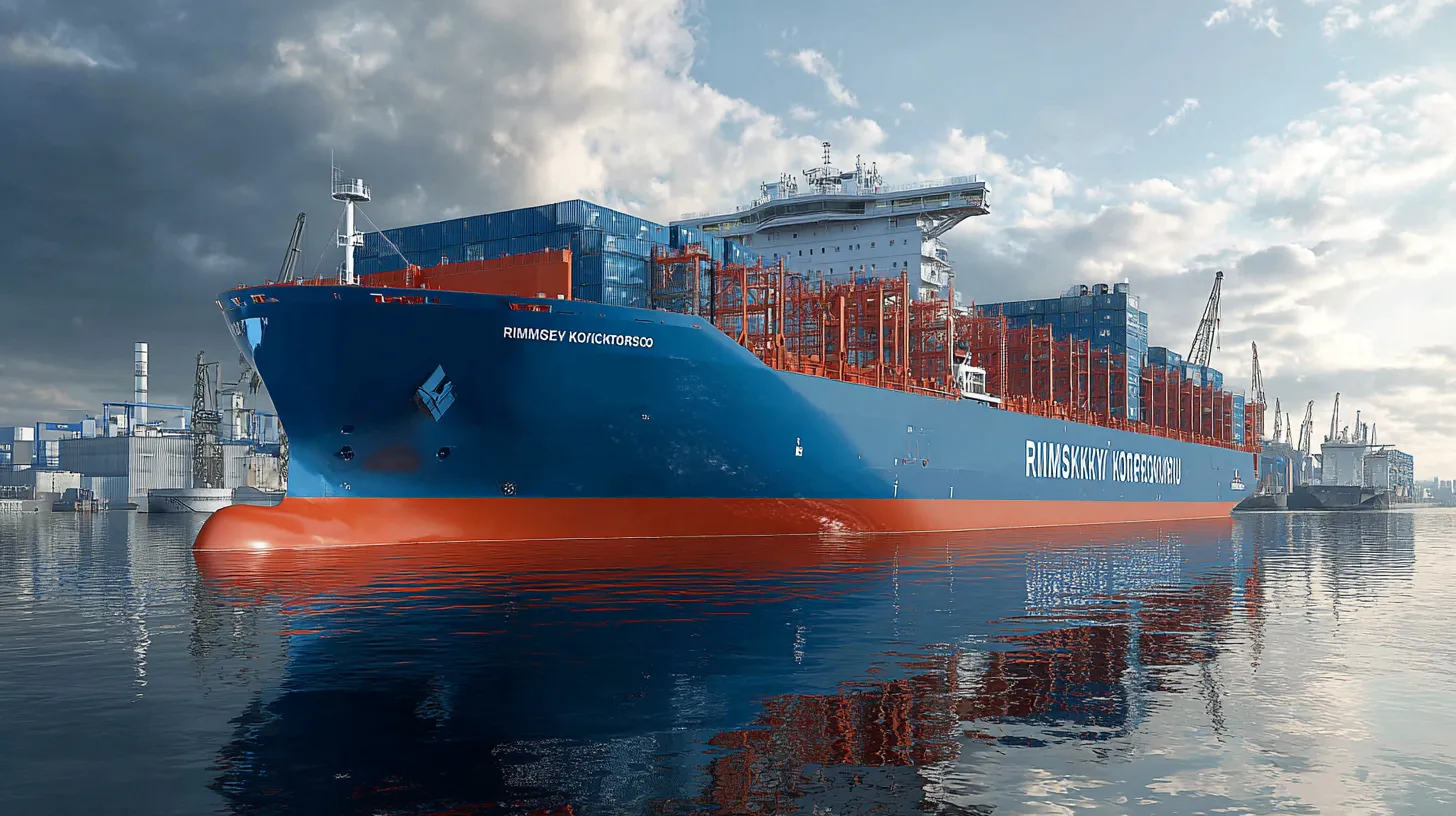The project of a new domestic container ship named Rimsky-Korsakov became the subject of discussion at the NEVA 2025 industry exhibition. The development was presented by the Petrobalt Design Bureau and the Sea Shipping company. Currently, the project is under detailed study, and the choice of a shipbuilding company and the transition to working documentation is expected by early 2026.
The main characteristics of the vessel suggest a length of about 208 meters, a width of almost 30 meters and a draft of just over 10 meters. The compact size with high cargo capacity makes this project especially relevant for international routes, where a balance between economy and logistical flexibility is important.
The new container ship is considered not just as a vehicle, but as a strategic step towards the restoration and development of Russian shipbuilding. The implementation of the project will become a kind of testing ground for the development of distributed construction practices.: execution of individual stages at different sites, followed by integration into a single production process. This approach provides a chance to modernize the industry, update the engineering base and strengthen technological competencies.
The vessel can become a reference point in achieving Russia's logistical sovereignty. Given the limitations of international shipping, it is especially important to create a fleet of our own design, capable of serving key routes, including to Asia. However, one ship will not solve the problem — serial production is crucial, which can ensure the stability of supplies and the utilization of internal production facilities.
The issue of import substitution also remains relevant. For the full—fledged implementation of the project, it will be necessary to establish the production of complex ship systems - from power plants to navigation and electronic equipment. Only if the entire range of components is available can we talk about real independence.
The Rimsky-Korsakov project is not just a ship. This is a tool with which the country can strengthen its position in the cargo transportation market, develop competencies and enter sustainable serial shipbuilding in the segment of large-tonnage commercial vessels.









